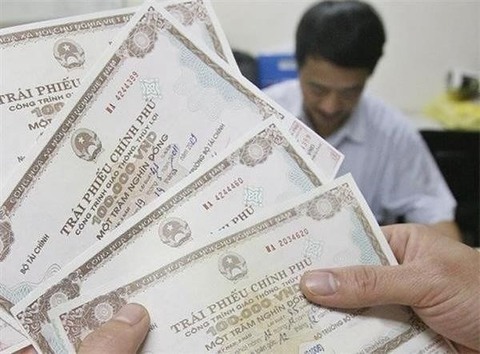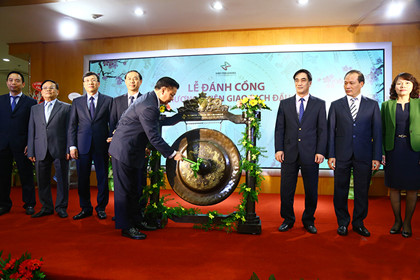Banks lower interest rate to boost production
Banks lower interest rate to boost production
Commercial banks in Laos have lowered their interest rates for both deposits and loans in line with the decision made by the Bank of the Lao PDR, which is seeking to reduce loan rates and thereby stimulate economic activity.
This is a major change in the banking sector as the government wants to lower the loan rate, contributing to promote and boost domestic productivity for commercial purposes.
Deputy Governor of the Bank of the Lao PDR Mr Sonexay Sitphaxay told Vientiane Times yesterday that prior to this, the loan rates in Laos were high compared to those of other countries which hinders the productivity of producers and farmers.
“We want to lower the cost of production in Laos,” he said, saying that the lower production costs will enable Lao products to be competitive on international markets.
Mr Sonexay said the interest rate will change every year based on the inflation rate. This year, the average inflation stood at 4.13 percent so the interest rate for one year will be 2 percent more, which will be 6.13 percent.
Meanwhile the loan repayment rates levied by the banks cannot exceed the deposit interest paid for a comparable period by more than 4 percent.
For instance, if a particular bank pays 6.13 percent for a one year deposit, a comparable one year loan cannot attract interest of more than 10.13 percent.
BCEL began lowering the interest rates since the start of this month. A savings deposit now attracts only 1.96 percent and 3-month deposits attract 3.34 percent, 4.22 percent is paid for 6 month deposits, 6.13 percent for 12-month deposits, 11.50 percent for 36-month deposits and 12 percent for 48-month deposits.
Prior to this, the 12 month deposit attracted interest of 9 percent.
BCEL officials said the short term deposit rate declined dramatically compared to the rate charged before the scheme. However, the rates for middle and long-term deposits did not decrease a lot.
When asked about the possibility that people will turn their money to buy land or invest in some projects which could yield greater income than depositing their money at commercial banks, Mr Sonexay responded that it would be good if they turn their money into the investment sector.
He explained that if more money is shifted to the investment sector, it will contribute to boost spending and create job opportunities for local people and thereby contribute to further economic growth in the country.
The lower interest rate is in response to the request made by local producers and farmers who are struggling to repay the high interest currently levied on bank loans.
For ins tance, the high interest rates charged are responsible for the high costs involved in the production of eggs and chickens, which continues to pose a challenge for Lao chicken farmers, especially in Vientiane.
If it remains the same, the current interest rate situation will make it tough for them to compete in regional markets when the Asean Economic Community comes into force at the end of 2015.
Banks in Thailand and Vietnam charge about 3-5 percent interest annually on loans issued to farmers but banks in Laos impose a rate of 13-15 percent per annum.
This issue has been a problem for Lao chicken farmers since 2010 and they have asked t he government to help them to negotiate lower loan interest payments.















